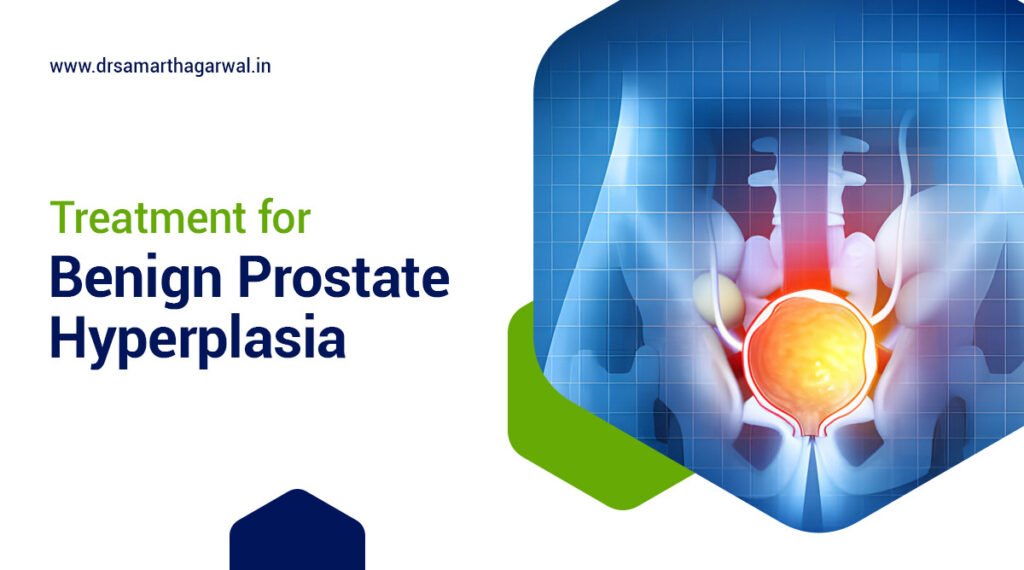Cystoscopy is a medical procedure performed by a urologist to examine the inside of the bladder and the urethra. This procedure involves the insertion of a thin, flexible tube called a cystoscope into the bladder through the urethra.
The purpose of a cystoscopy is to diagnose, monitor, and treat conditions affecting the bladder and urethra. Some indicators that a urologist might recommend a cystoscopy include blood in the urine, incontinence, overactive bladder, and painful urination.
Cystoscopy can help identify the cause of these symptoms, as well as detect abnormalities such as bladder stones, tumors, and polyps. It can also be used to monitor the progression of bladder cancer and to assess the effectiveness of treatment.
Why did my urologist order a cystoscopy?
The urologist ordered cystoscopy for bladder and urethra examination. Commonly used for diagnosing, monitoring, and treating bladder and urethra conditions.
Cystoscopy may be done in a testing room, using a local anesthetic jelly to numb your urethra, or as an outpatient procedure with sedation. Cystoscopy in a hospital under general anesthesia is an option. The procedure type depends on the reason.
Your doctor might recommend cystoscopy to investigate causes of signs and symptoms such as blood in the urine, incontinence, overactive bladder, and painful urination. Cystoscopy can also help determine the cause of frequent urinary tract infections. However, cystoscopy generally isn’t done while you have an active urinary tract infection.
Cystoscopy can diagnose bladder diseases and conditions, such as bladder cancer, bladder stones, and bladder inflammation (cystitis). It can also treat bladder diseases and conditions, such as removing very small bladder tumors during the procedure. Cystoscopy can also diagnose an enlarged prostate by revealing a narrowing of the urethra where it passes through the prostate gland, indicating an enlarged prostate (benign prostatic hyperplasia).
A hollow tube with a lens, is inserted into the urethra and advanced into the bladder during a cystoscopy. The cystoscope has a lens on the end that works like a telescope to magnify the inner surfaces of your urethra and bladder. Your doctor might place a special video camera over the lens to project the images onto a video screen.
Complications of cystoscopy can include infection, bleeding, and pain during urination. Your doctor might prescribe antibiotics to take before and after cystoscopy, especially if you have trouble fighting off infections. You may also be asked to wait to empty your bladder before the procedure in case a urine sample is needed.
After the cystoscopy, you might be allowed to resume your daily routine. Side effects after cystoscopy might include bleeding from your urethra, a burning sensation during urination, and more frequent urination for the next day or two. You can relieve some of the discomfort by drinking water, taking an over-the-counter pain reliever, placing a warm, damp washcloth on the opening to your urethra, and taking a warm bath (unless your doctor asks you to avoid baths).
After cystoscopy, your doctor may discuss results immediately. If biopsy collected for bladder cancer test, sample sent to lab. Upon test completion, doctor informs results.
Can you see cancer with cystoscopy?
Cystoscopy helps to diagnose bladder cancer by allowing a urologist to examine the inside of the bladder for any suspicious growths or tumors. If abnormalities are found, a biopsy may be taken for further examination. However, it’s important to note that cystoscopy is not 100% accurate and other diagnostic tests may also be required.
What conditions does a cystoscopy diagnose?
A cystoscopy is a medical procedure used to diagnose various conditions affecting the urinary tract. This list includes bladder cancer, polyps, bladder stones, scarring from frequent UTIs, congenital problems, urinary tract injury, structural issues, and infections or blockages.
A cystoscopy can diagnose the following conditions:
- Bladder cancer or tumor
- Polyps or overgrowth of normal tissue
- Bladder stones
- Scarring and damage caused by frequent urinary tract infections (UTIs)
- Problems of the urinary tract that may be present at birth (congenital)
- Urinary tract injury
- Structural problems that may block the flow of urine
- Infection, narrowing, blockage, or bleeding in the urinary tract.
What are the indications for cystoscopy?
The indications for cystoscopy include investigating various urinary symptoms, diagnosing and treating bladder diseases, and monitoring conditions affecting the bladder and urethra. Cystoscopy is generally not performed while a patient has an active urinary tract infection.
- Investigating causes of signs and symptoms such as blood in the urine, incontinence, overactive bladder, painful urination, and frequent urinary tract infections.
- Diagnosing bladder diseases and conditions like bladder cancer, bladder stones, and bladder inflammation (cystitis).
- Treating bladder diseases and conditions, such as removing small bladder tumors during the procedure.
- Diagnosing an enlarged prostate.
- Determining the cause of frequent urinary tract infections.
- Monitoring and treating conditions affecting the bladder and urethra.
Cystoscopy is generally not done while a patient has an active urinary tract infection.
What type of anesthesia will be used during the cystoscopy?
During a cystoscopy, anesthesia options may include local anesthetic jelly for the urethra, sedation, general anesthesia, or a combination, depending on the reason for the procedure and the preference of the patient and doctor.
How long will the recovery process of cystoscopy take?
Most people recover within a day or two from a cystoscopy. However, recovery time may vary depending on the type of cystoscopy performed and individual health conditions. It’s essential to follow your doctor’s advice for a smooth recovery.
What are the potential risks and complications of cystoscopy?
Cystoscopy may lead to complications such as infection (UTI), bleeding, abdominal pain, a burning sensation during urination, formation of scar tissue in the urethra, and in rare cases, damage to the bladder or urinary retention. Serious complications are rare, but there is also the risk of infection, bleeding, and complications from anesthesia.

For assistance with any symptoms related to urological conditions, please contact Dr. Samarth Agarwal







